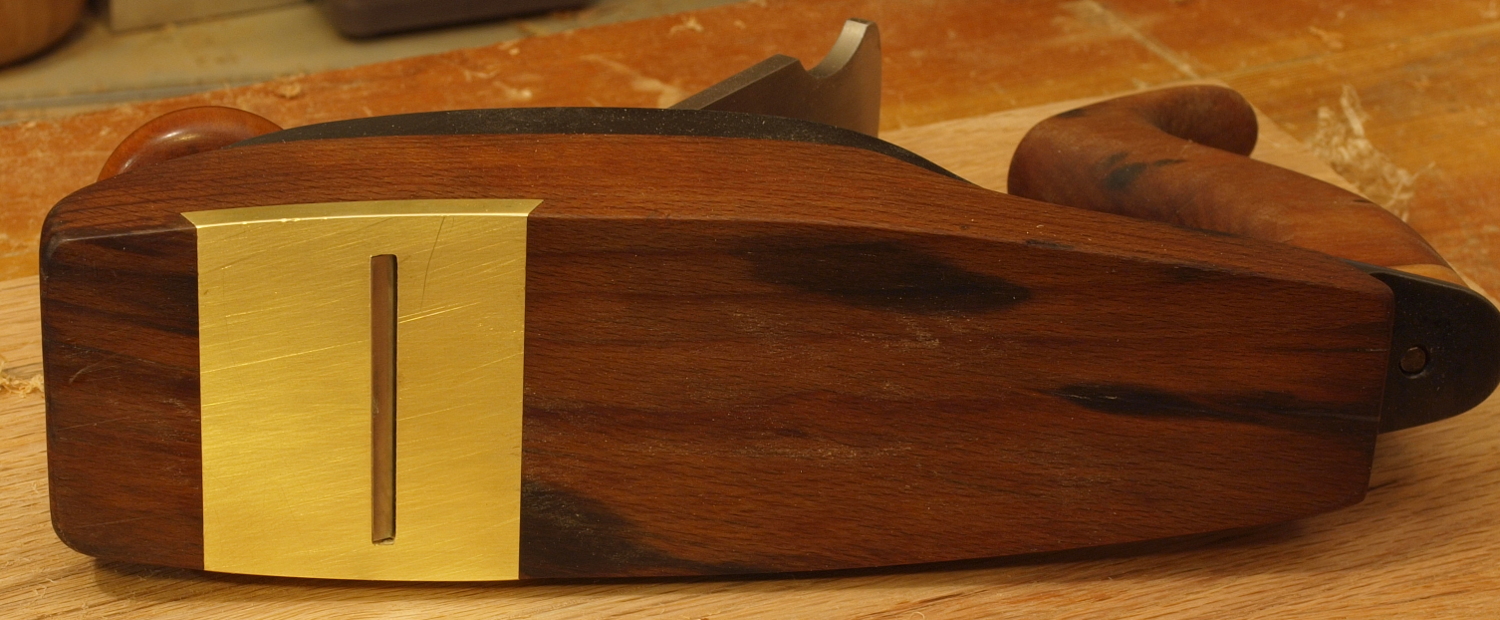I am working on a couple smoothers in Wenge and decided that a brass wear-strip is a good idea.
I have some brass screw and could do it ala Derek Cohen, but I also have some strong system3 slow cure epoxy's at work that I can use. do you think the brass screw are necessary or would the epoxy be enough? of course I am thinking long term here, even 25 years down the road I wouldn't want the insert to pop off.
The main advantage for me for using only epoxy is that I can make the insert only about 1\4 inch wide, where if I use screws 3\4 inch wide would be the minimum starting point.




 Reply With Quote
Reply With Quote








